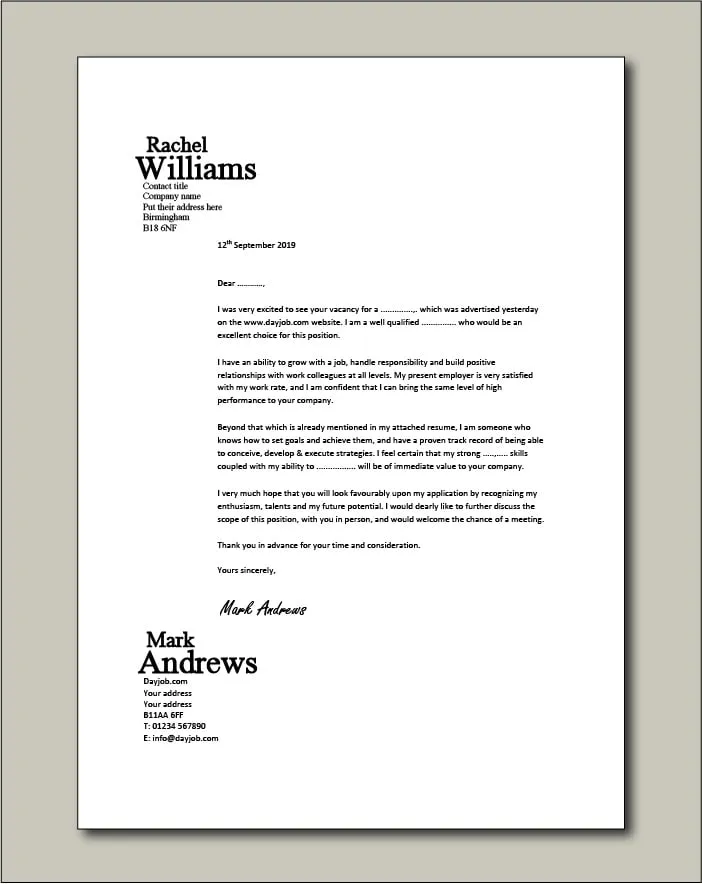What is a Cover Letter?
A cover letter is a crucial document accompanying your resume when applying for a job. It serves as your introduction to the hiring manager, providing a concise overview of your qualifications, skills, and experience. Unlike a resume, which is a factual summary, a cover letter allows you to express your personality, enthusiasm, and specific reasons for wanting the job. It demonstrates your writing skills and your understanding of the company and the role you’re applying for. When done effectively, a cover letter highlights your unique value proposition and convinces the employer to delve deeper into your resume. Cover letters should always be tailored to the specific job you’re applying for, ensuring you address the requirements and expectations outlined in the job description. This personalized approach shows that you’ve taken the time to understand the role and are genuinely interested in the opportunity. Remember to keep it concise, focused, and professional.
Why Are Cover Letters Important?
Cover letters are critically important because they provide context and personality that a resume alone often lacks. They enable you to explain gaps in your employment history, elaborate on specific achievements, and showcase your communication skills. A well-written cover letter demonstrates your research and understanding of the company and the specific role, setting you apart from generic applicants. In today’s competitive job market, a cover letter can be the deciding factor in whether your application gets noticed. It’s your chance to make a strong first impression and convince the hiring manager that you’re the ideal candidate for the position. Moreover, a cover letter lets you address the employer directly and express your enthusiasm for the opportunity, indicating your genuine interest and commitment to the company. They allow you to tailor your qualifications to the specific job requirements, increasing your chances of getting an interview.
Cover Letter Examples For Different Job Types
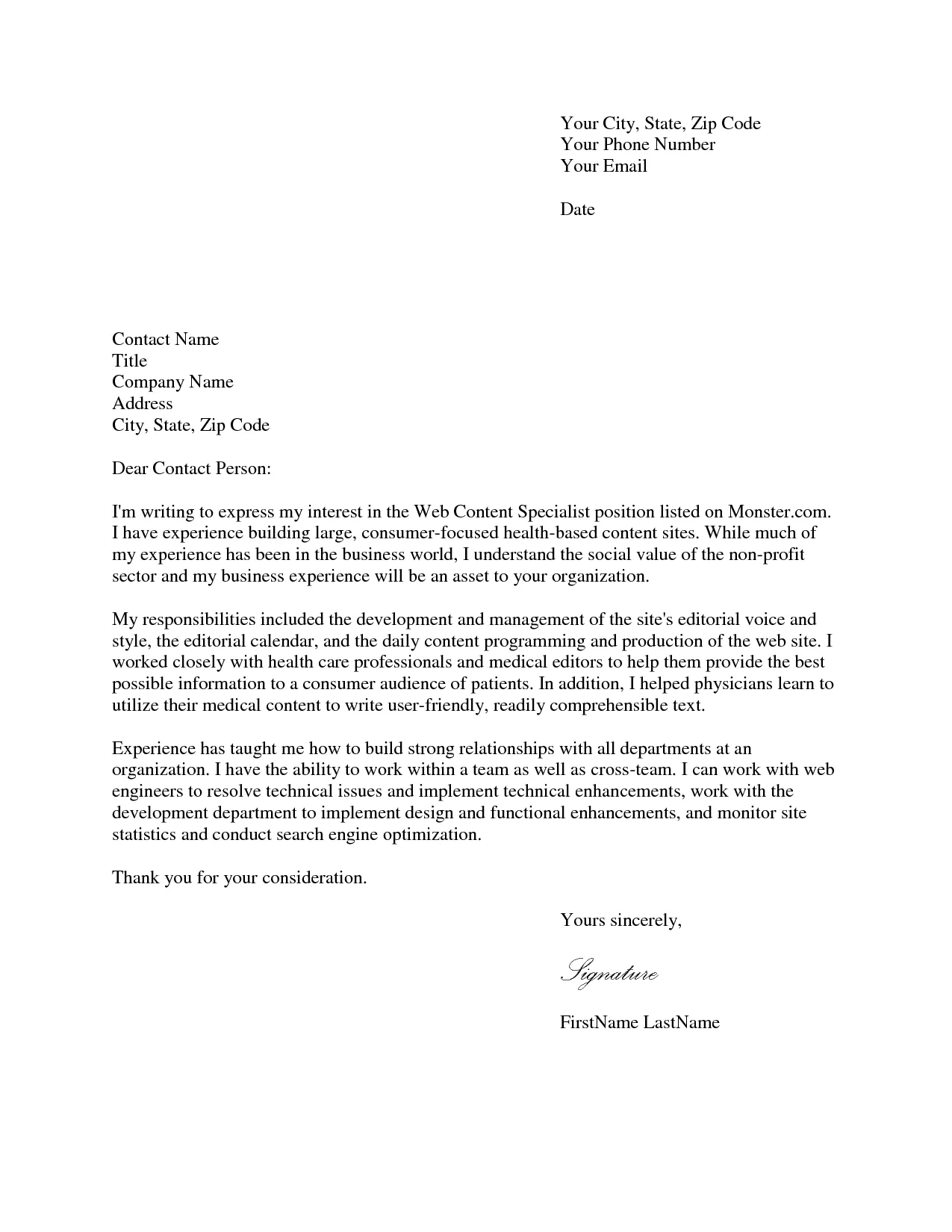
Different job types require different approaches to cover letters. Entry-level positions should emphasize skills and experiences gained through internships, volunteer work, and education. For experienced professionals, cover letters should focus on significant accomplishments, leadership skills, and quantifiable results. For technical roles, highlight relevant technical skills and projects. For creative roles, showcase your creativity and portfolio. Sales positions should focus on persuasive writing and results-driven achievements. When applying for a management position, highlight leadership abilities, team-building skills, and strategic thinking. Always tailor your cover letter to match the specific demands of the role you’re applying for, ensuring you highlight the experiences and skills most relevant to the job.
Cover Letter Example for Entry-Level Positions
For entry-level positions, cover letters should highlight relevant coursework, internships, volunteer experiences, and any transferable skills. Focus on your eagerness to learn and your ability to contribute to the team. Provide specific examples that showcase your problem-solving skills, communication skills, and teamwork abilities. Tailor the letter to align with the company’s mission and values. For instance: “Dear [Hiring Manager], I am writing to express my keen interest in the [Job Title] position at [Company Name], as advertised on [Platform]. As a recent graduate with a degree in [Your Degree] and a strong passion for [Industry], I believe my skills and enthusiasm align perfectly with your company’s values. During my internship at [Previous Company], I developed a solid understanding of [Relevant Skills] and contributed to [Specific Project]. I am eager to apply my knowledge and contribute to [Company Name]’s success.”
Key Elements in a Compelling Cover Letter
A compelling cover letter includes a strong opening that grabs the reader’s attention, a clear statement of your interest in the position, and an overview of your relevant qualifications. The body should highlight your skills and achievements, providing specific examples to demonstrate your capabilities. Tailor your letter to the specific job requirements and show how your skills align with the company’s needs. Keep the tone professional and enthusiastic, demonstrating your passion for the role and the company. Close with a call to action, expressing your eagerness for an interview and thanking the hiring manager for their time and consideration. A well-structured cover letter also includes clear formatting and a professional layout, making it easy for the hiring manager to quickly grasp your key strengths and why you are a good fit for the role.
Formatting Your Cover Letter for Success
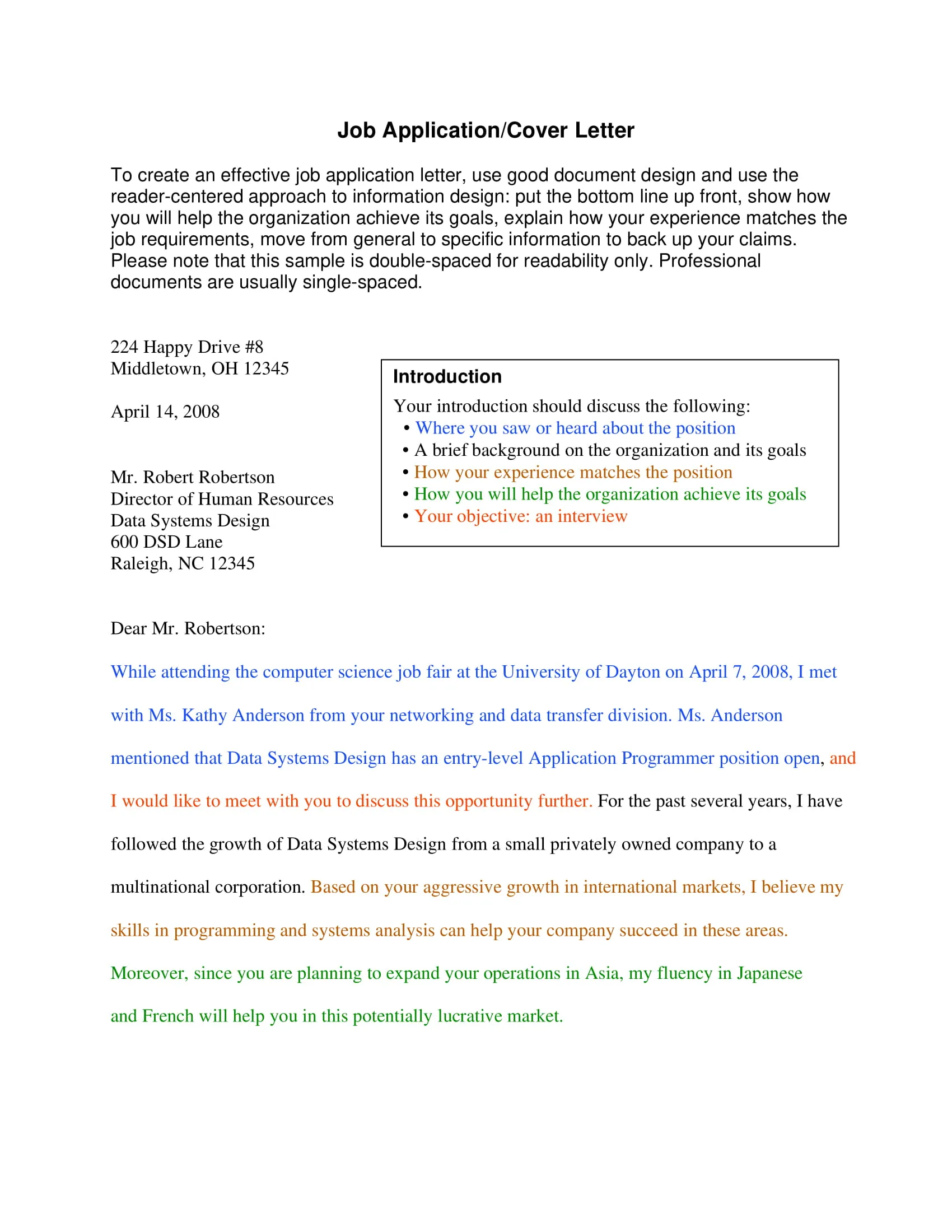
Effective cover letter formatting includes a professional font, appropriate margins, and clear spacing. Use a standard font like Times New Roman or Arial in a size between 11 and 12 points. Set margins to 1 inch on all sides. Use single spacing within paragraphs and double spacing between paragraphs to improve readability. Start with your contact information, followed by the date and the hiring manager’s contact information. Keep the letter to one page, as recruiters often have limited time to review applications. Use headings and bullet points to break up text and highlight key information. Proofread the letter carefully for any grammatical errors or typos. Always save the cover letter as a PDF to preserve the formatting and ensure that the document opens correctly on any device.
Cover Letter Examples For Experienced Professionals
Experienced professionals should focus on their track record of achievements, demonstrating their value through quantifiable results. Emphasize leadership skills, strategic thinking, and project management capabilities. Tailor the cover letter to match the specific requirements of the job, highlighting the most relevant experience and skills. Provide examples that showcase your ability to lead teams, solve complex problems, and drive business results. Consider the following when crafting a cover letter. Dear [Hiring Manager], I am writing to express my strong interest in the [Job Title] position at [Company Name], as advertised on [Platform]. With [Number] years of experience in [Industry], I have a proven track record of achieving significant results in [Specific Areas]. In my previous role at [Previous Company], I led a team of [Number] and successfully [Quantifiable Achievement]. I am confident in my ability to leverage my expertise and contribute to [Company Name]’s continued success.
Cover Letter Example for Management Roles
When applying for management roles, the cover letter should emphasize leadership skills, team-building abilities, and strategic thinking. Highlight your ability to motivate teams, drive performance, and achieve organizational goals. Provide specific examples of your leadership successes, such as improving team productivity, increasing revenue, or streamlining processes. Tailor the letter to match the company’s culture and the specific requirements of the management position. For instance: “Dear [Hiring Manager], I am writing to express my strong interest in the [Job Title] position at [Company Name]. As a seasoned leader with [Number] years of experience in [Industry], I have a proven track record of building high-performing teams and driving organizational success. In my previous role at [Previous Company], I successfully led a team of [Number] and achieved [Quantifiable Achievement], which resulted in [Positive Outcome]. I am eager to bring my leadership skills and expertise to [Company Name] and contribute to your continued growth.”
How to Tailor Your Cover Letter
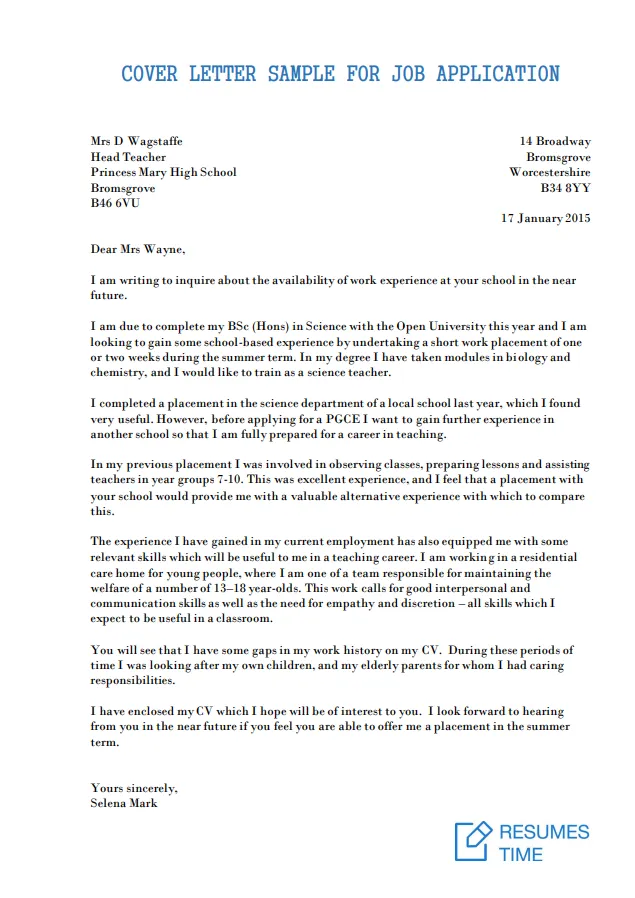
Tailoring your cover letter involves carefully reviewing the job description and identifying the key requirements and expectations. Research the company and its mission, values, and culture to understand how your skills and experience align with their needs. Customize your letter to address these specific requirements, using keywords from the job description and providing relevant examples to support your claims. Highlight your transferable skills and demonstrate your understanding of the company’s industry. Avoid using a generic template; instead, personalize your letter to show that you have taken the time to understand the role and are genuinely interested in the opportunity. This level of personalization shows the hiring manager that you are serious about the position and have a good understanding of what the role entails. Always proofread to ensure accuracy and alignment with the specific job description.
Highlighting Skills and Achievements in Cover Letters
When highlighting your skills and achievements, focus on providing concrete examples that demonstrate your capabilities. Use the STAR method (Situation, Task, Action, Result) to structure your examples and provide context to your achievements. Quantify your accomplishments whenever possible, using numbers and metrics to demonstrate the impact of your work. For instance, instead of saying “Managed a team,” say “Managed a team of 10 employees, resulting in a 15% increase in productivity.” Tailor your examples to the specific requirements of the job, highlighting the skills and experiences that are most relevant to the position. Use strong action verbs to describe your accomplishments and accomplishments to create a compelling narrative. Ensure that your achievements are easily understandable and reflect a positive impact on previous employers, showing that you are a valuable asset for the company.
Cover Letter Examples Addressing Common Challenges
Addressing common challenges, such as employment gaps or career changes, requires a thoughtful approach. For employment gaps, briefly explain the situation, emphasizing any skills or experiences gained during the gap. If you took time off to pursue personal development or family obligations, briefly mention this and highlight how it made you a more well-rounded individual. When addressing career changes, emphasize transferable skills and explain how your experience aligns with the new role. Focus on your enthusiasm for the new career path and your willingness to learn. Tailor your cover letter to showcase your adaptability and willingness to take on new challenges. Reiterate your commitment to professional growth and continuous learning. Show employers that your diverse experiences have prepared you for the new role, illustrating your dedication and versatility.
Cover Letter Example for Career Changes
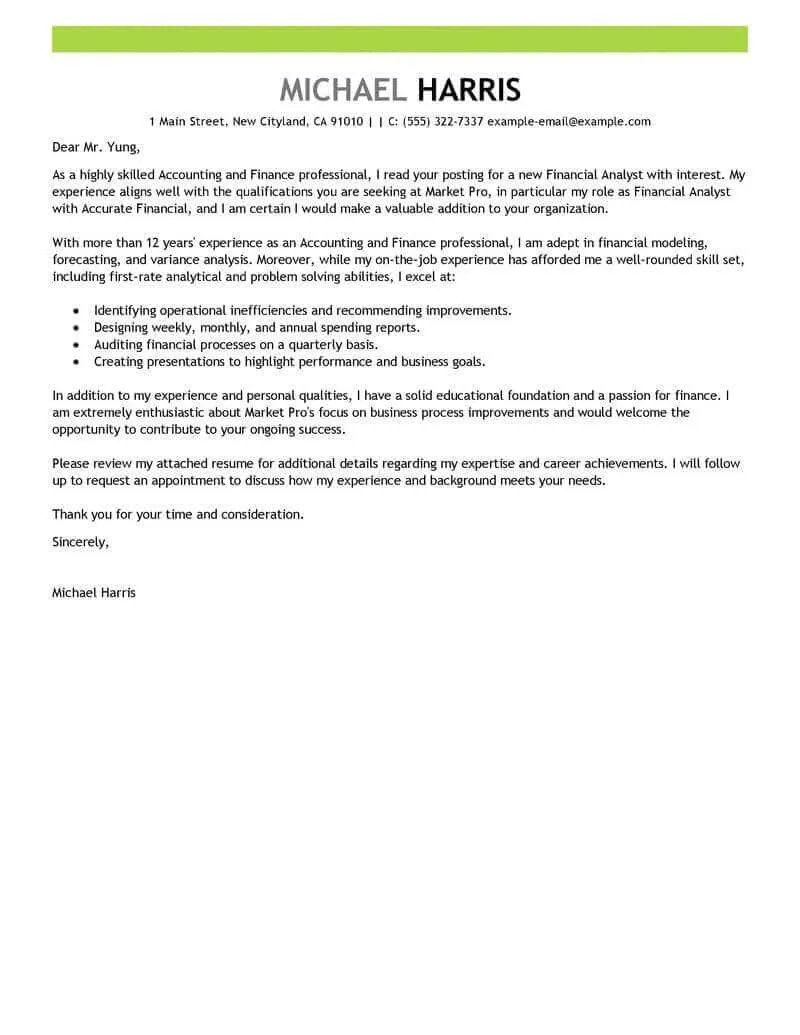
When making a career change, it’s essential to highlight transferable skills and explain your rationale for the transition. Focus on the skills and experiences that are relevant to the new role, emphasizing how your previous work has prepared you for it. For instance, you can write: “Dear [Hiring Manager], I am writing to express my interest in the [Job Title] position at [Company Name]. While my background is in [Previous Industry], my experience in [Previous Role] has equipped me with valuable skills in [Transferable Skills], which I believe align perfectly with the requirements of this role. I have always been passionate about [New Industry/Role] and am eager to apply my expertise to [Company Name]. My attention to detail, project management skills and communication skills would be useful for the role.” Highlight any training, certifications, or educational pursuits related to the new career path. Show enthusiasm for the transition.
Tips for Proofreading and Editing Your Cover Letter
Proofreading and editing your cover letter are essential to ensure it is free of errors and presents you in the best possible light. Before submitting the cover letter, carefully read the document for any grammatical errors, typos, or punctuation mistakes. Ensure that the formatting is consistent and easy to read, and verify that your contact information is accurate. Ask a friend, family member, or career counselor to review the letter for clarity, flow, and overall impact. Consider using grammar and spell-checking tools, but always rely on human review for the most accurate results. Ensure the language is professional, and the tone is enthusiastic and appropriate for the job and company. After making any revisions, save the revised document in a PDF format to protect the format and prevent compatibility issues. Make sure you tailor each cover letter and double-check for accuracy before submitting it to the hiring manager.
